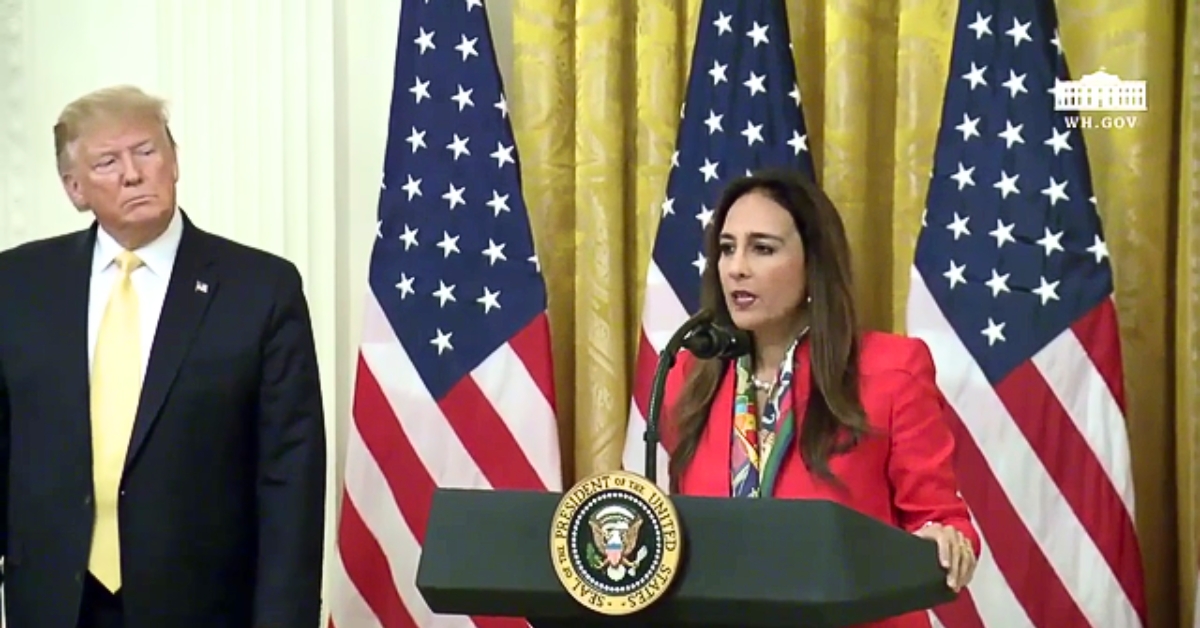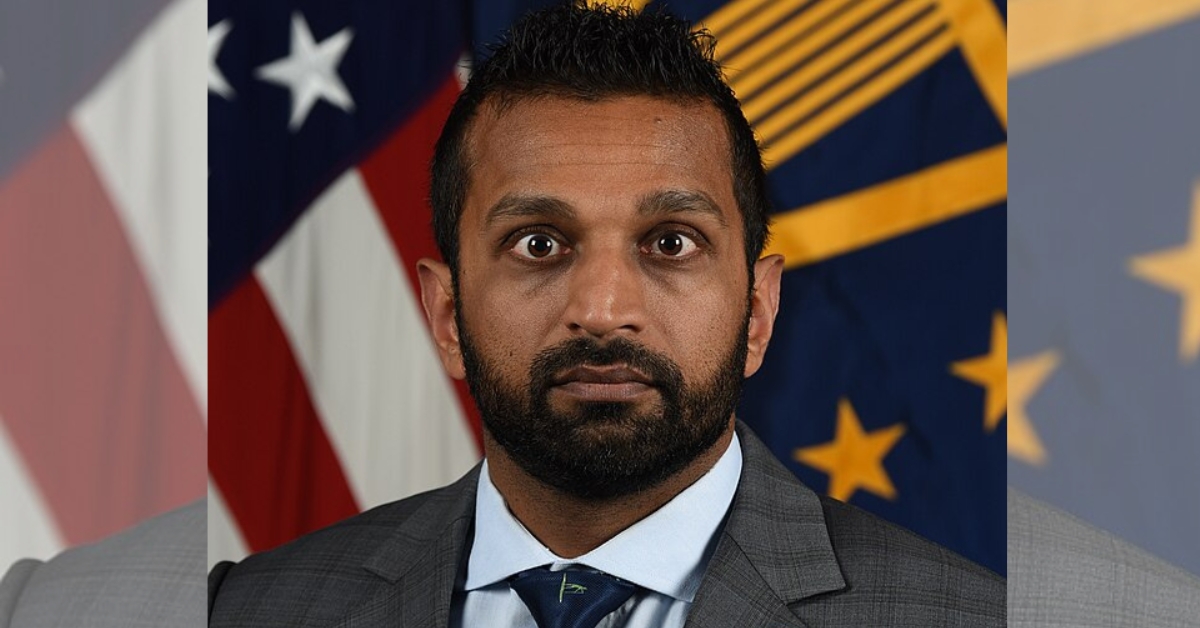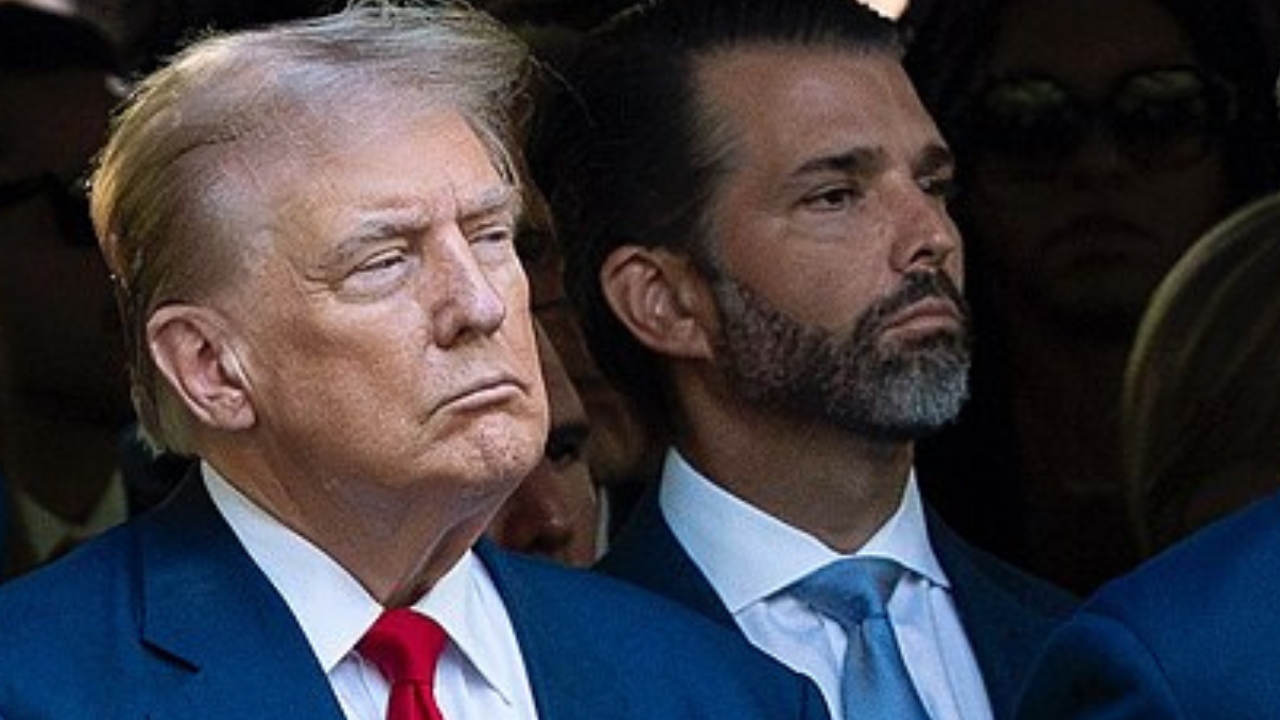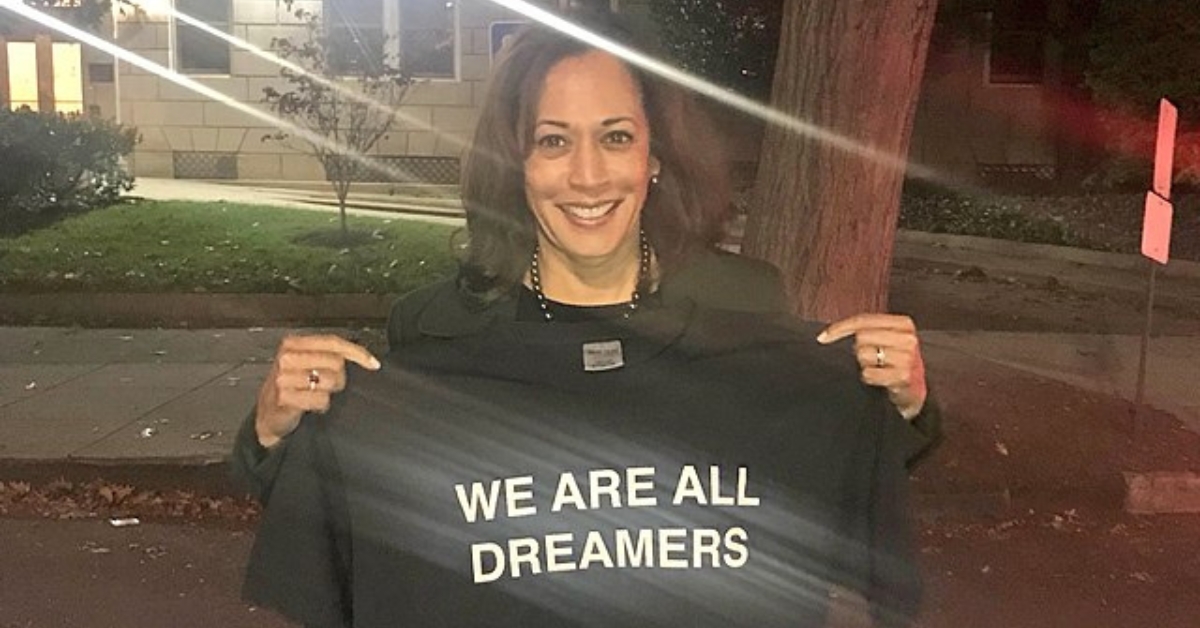
On Biden’s “Student Loan” Payoff to Anti-American Universities
The piece below was originally published by American Coalition advisor Bruce Abramson on his Substack.
Rewarding those who have done incalculable harm to our country. Precisely the opposite of what we need.
Do You Know What Time is Is?
There’s a very important debate going on to the right of America’s center. My friend David Reaboi sums it up nicely with a single question: “Do you know what time it is?” Some of us understand that we’re not living in an era of normal political competition over policy preferences. We’re facing an existential threat from forces determined to transform America into something that its founders would never recognize. Not everyone on the right gets it. Some of our allies still think that even seemingly major losses are just part of the game; there will always be another free election after which we can set things right. Bless their hearts! (Southern readers, please correct usage).
Just to be clear—I know what time it is. The series I just wrapped up about the irreparable corruption at the heart of America’s institutions is far too radical for those who think we’re debating policy. It’s a call for a restructuring far more radical than anything we’ve seen since at least the New Deal.
Fortunately for those of us seeking to make the case that the American republic has already fallen and that those of us who love its defining principles must work towards a restoration, the Biden Administration is the gift that keeps on giving. Fresh on the heels of his 87,000 new armed enforcers charged with destroying small businesses and terrorizing regime critics, Biden announced plans to hand a half-trillion dollars to America’s most broken institution. President Biden actually seeks to reward American higher education for decades of corruption and fraud. That’s what his student loan giveaway is all about. If he buys himself a few votes from recent grads at the expense of angering most of the country, that’s gravy. It’s really a gift to America’s universities. It’s a reward for the important role they’ve played in burying our republic.
That gets things exactly backwards. In fact, the corruption of America’s universities is the central story I tell in The New Civil War. If you have not yet read the book, the fundamental problem lies with the academic incentive system. Far from promoting independent thought or creativity, academia rewards only confirmation. Push conventional wisdom one step further from reality, and you win. Anything else, you lose.
I also, however, outline a path towards reform. Think of it as a small but crucial part of the gut-and-rebuild strategy. Here’s an excerpt from pp. 135-38.
Academic Accountability
To restore America, we’ll have to do more than defend. We’ll have to retake our institutions. We must rebuild American academia, American media, and American government in line with the greatest American traditions. We must break the progressive monopoly on these critical institutions to restore the freedom and responsibility necessary for them to flourish. America needs an academy, a press, and a government it can trust. To earn that trust, our leading institutions must behave responsibly. To get them to behave responsibly, we must alter their incentives. That will take time—decades, likely—and it will not be easy.
First, academia. If we want to rebuild America’s universities into a source of national pride, we must start by seeing them for what they are: corporations (albeit nonprofit corporations) that develop products and sell services. The only way to get corporations in any industry to change their internal incentive structures is to alter their external incentive structures. In other words, if we want to fix the way that universities operate, we’re going to have to change the ways they make their money.
Most universities have two stated purposes, education and research, and one unstated purpose, “campus life” (e.g., dorms, fraternities, social clubs, sports teams). Each of these purposes defines a distinct product line. In theory, student tuition pays for education, grants and contracts pay for research, and mandatory student fees plus donations pay for campus life.
There’s no reason these products—and their corresponding revenue sources—should be bundled together. If a single corporation wants to offer all three, that’s unobjectionable, but they must remain distinct. That’s particularly true when taxpayers guarantee the loans that students use to cover their tuition because we, as a society, have determined that we benefit from having a broadly educated population. A university that forces students to fund campus organizations or faculty research as a precondition for taking classes is taking unfair advantage of students. A university that redirects tuition dollars toward research or campus life is taking unfair advantage of American taxpayers.
Tuition costs, however, are completely out of control. Tuition has risen nearly three and a half times the rate of inflation for forty years! What have the universities been doing with that money? Certainly not improving the quality of education.
How do they justify it? They don’t have to. Universities have created a bizarrely overloaded product larded up with countless elements of student life and expensive administrators. They provide tenured faculty with lifetime appointments completely untethered to any value they might confer upon their students or society at large. They operate like small cities, often protecting their jurisdiction against incursions by the police of the real cities that happen to host them. They run multibillion-dollar endowments as hedge funds, don’t pay taxes, get the federal government to guarantee the loans students need to pay their exorbitant tuitions, and remain completely unaccountable to their graduates. They’re intentionally inefficient organizations operating to make things comfortable for the Credentialed Elite.
We don’t need most of those things, and for the most part we don’t need what our universities have become. Education may be a necessity, but the “college experience” is a luxury. For those who can afford it, it can be genuinely rewarding. So too, however, can other experiences open to college-age students—including military service, public service, tutoring, interning, and working. The idea that taxpayers subsidize luxury purchases for so many immature, unappreciative kids should be a source of national shame. The debt we saddle them with in return is pure exploitation.
Furthermore, the lack of accountability universities retain toward the students diverts talented students into dead-end fields of study. An honest institution would drive home to all students—consistently and repeatedly—that an engineering class is likely useful training that will pay for itself, while a course in gender studies is a matter of personal interest unlikely to return anything in the way of useful job skills. An accountable institution would guarantee a large part of the student loans taxpayers hand it. That would immediately motivate universities to direct students toward classes and majors likely to help them handle the debt load.
One of the few upsides of pandemic-driven social distancing was the separation of classroom instruction from the campus experience. With modern technology, distance learning (if done well) is an effective way to deliver a great deal of content. (Admittedly, it works better for math and literature than for laboratory chemistry). If we really want to fix higher education in America, the first two fixes should involve limiting taxpayer-backed tuition assistance to something credibly tied to the cost of educating students, and making universities accountable for the value of the product they market and sell to students. And that’s all before we start rethinking the returns we expect on research funding and the way we treat multibillion-dollar endowments.
It’s time for a major push to rethink the bargain among the federal government, universities, and students. It’s time to put significant conditions on the free money taxpayers guarantee to these anti-American institutions. To remain eligible for government-backed student loans, universities should be required to maintain minimum teaching loads for all teaching faculty, to reduce the number of administrators significantly, and to ensure that a significant number of classes are taught by full-time faculty. Universities should also have to be transparent about the expected monetary value of the courses of study they offer and accountable to their graduates beyond graduation—at least until their student debt is discharged.
Those changes to the way universities secure their revenues and provide their flagship products will render their internal incentive system unsustainable. The wealthiest few may be able to hold on unchanged, but the overwhelming majority will either adapt or die. In the latter case, new entrants will arise to take their place. Only a radical restructuring of American higher education can restore America’s universities to the point that they make America proud.
Bruce Abramson
Related Posts


Anti-Woke Harmeet Dhillon Poised to Fix DOJ’s Civil Rights Division

Deep State in Panic After Trump Nominates Kash Patel as FBI Director

Trump Cabinet Picks Targeted with Bomb Threats and Swatting

Defeated Kamala Harris Plots Political Comeback










